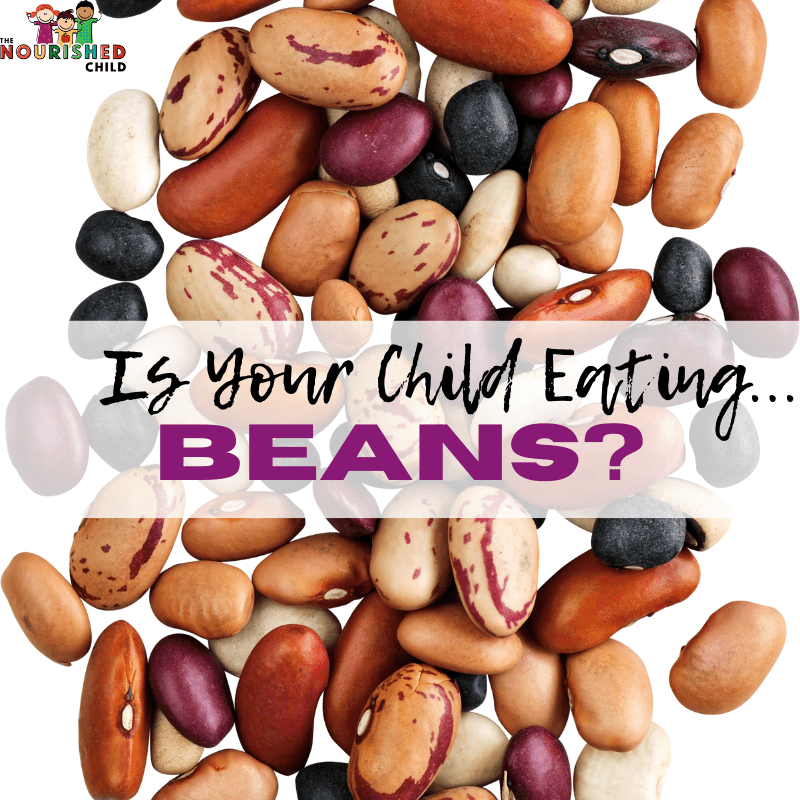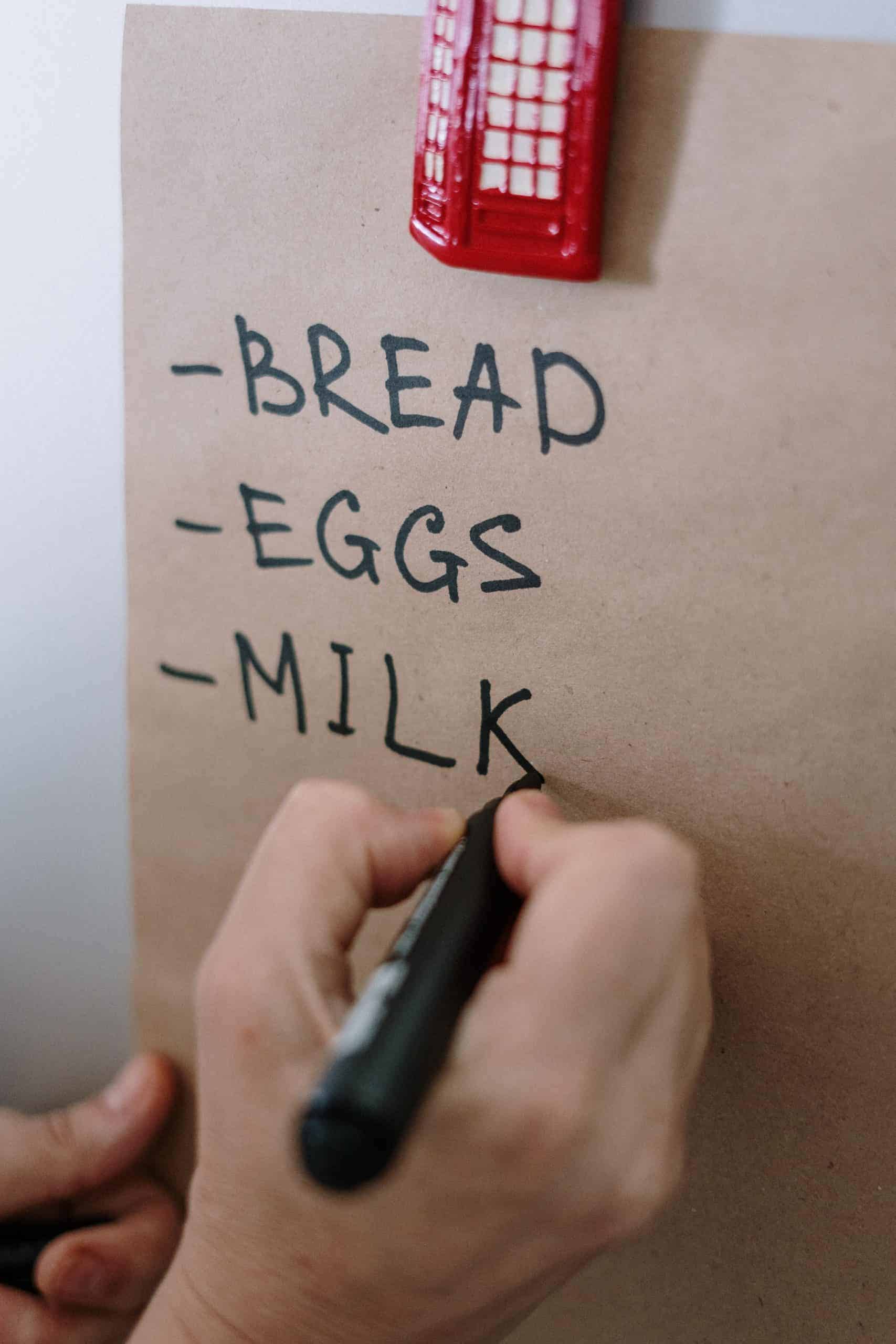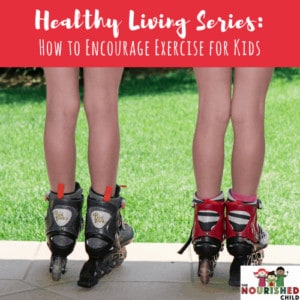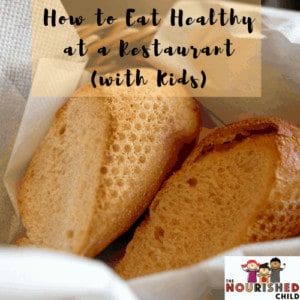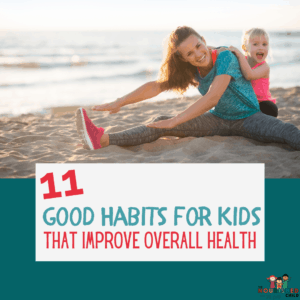15 Snacks for School, According to a Pediatric Dietitian
April 26, 2023
Don’t let snacks for school be an afterthought. Planning nutritious snacks to pack for school takes the guesswork out of your busy morning routine. Keep reading for tips and my top dietitian-approved snacks for school.
Do you scramble in the morning looking for snacks to send with the kids to school?
I get it.
Maybe you don’t know where to start, you’re looking for more ideas or you’re ready to make healthy snack swaps to replace your child’s sodium and sugar-packed snacks. These are common challenges for many parents.
The best solution is to make snacking a planned routine the same way you plan meals.
Let’s dive into why school snacks are important for kids, tips for snacks and my top suggestions for convenient snacks for kindergarteners to teenagers.
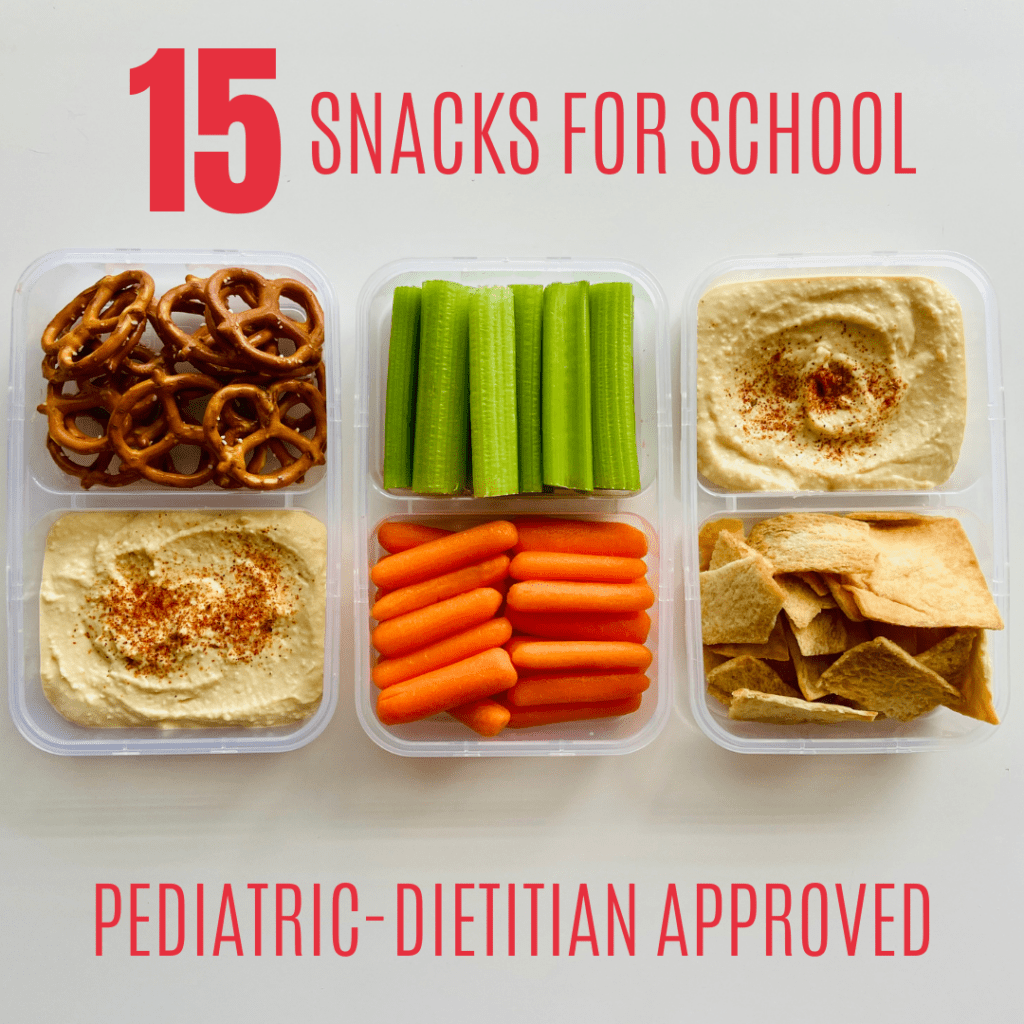
Why Is Snack Time Important in Schools?
Odd school lunch periods have some kids eating lunch a couple of hours after they arrive when they’re not hungry. And for other kids, lunch is the end of the day and a very long stretch of time since breakfast. Kids need snacks in between to hold them over until the next meal.
But not just any snack will do.
Snacking culture among school-age kids and teens has a downside. High sodium, sugary and high fat processed foods are readily available in the lunchroom, vending machines, and convenience stores kids pass if they walk to school.
Sending snacks from home helps prevent kids from grabbing whatever is available when they’re on-the-go.
Growing children have high energy and nutrient needs and snacks help fill in the gaps, so they don’t fall short on vitamins and minerals. Kids and teens should eat three meals and one to two snacks daily.
And, young athletes in high endurance sports may need an additional snack or a small meal.
But it’s not only running around that requires energy from food. Did you know that the brain’s favorite source of energy is glucose?
Kids spend about five hours concentrating and learning during the school day. Balanced snacks refuel kiddos so they can stay focused. Snacks also prevent sharp drops in blood sugar, which keeps moods and energy steady.
The teachers will thank you.
And if your kid is a young athlete, it’s especially important that they refuel before an after-school practice or competition.
Tips for Choosing School Snacks
Chips, cookies, and packaged snack foods come to mind when most people think about snacks. “Snacks” are just small amounts of food eaten between meals. It could be anything, even a portion of a meal.
Here are a few guidelines to follow when you’re looking for appropriate and nutritious snacks for school.
- No tree nuts or peanuts. Most schools have a no-nut policy for classrooms. There are nine top food allergens. Although a nut allergy isn’t the most common allergy, it can be one of the most dangerous because of a potential anaphylactic reaction.
- Age-appropriate snacks. Make sure your little one can open the packaging or containers on his own.
- Stick to familiar foods. School snacks aren’t the time to introduce new foods. Send foods you know your child has tried and will eat.
- Teacher’s rules. Every classroom is different for school-age kids. The teacher may have a few guidelines to follow such as the one-snack rule to ensure that everyone can finish up during snack time.
- Low in sugar and sodium. Look for snacks without added sugars and less than 140 mg of sodium per serving. Snap up the low-sodium varieties of your child’s favorite snacks if they’re available. According to the National Academies, the daily adequate intake (AI) for sodium was recently changed to 1,000 mg for ages 4-8; 1,200 mg for ages 9-13; and 1,500 mg for ages 14 and older.
The table below breaks down the FDA’s guidelines on how to read sodium claims on labels.
| Claim On Label | Means that the Sodium Per Serving Is: |
| Salt/Sodium-Free | Less than 5 mg of sodium |
| Very Low Sodium | 35 mg of sodium or less |
| Low Sodium | 140 mg of sodium or less |
| Reduced Sodium | At least 25% less sodium than the regular product |
| Light in Sodium or Lightly Salted | At least 50% less sodium than the regular product |
| No-Salt-Added or Unsalted | No salt is added during processing but may or may not be salt-free or unsalted unless the nutrient label. Check the mg of sodium on the nutrient label for the actual amount of sodium. |
15 Healthy Snacks for School (Nut-Free)
The winning combo of complex carbohydrate (fruit, vegetables, whole grains) and a protein or healthy fat keeps the energy up longer and prevents a slump later.
But don’t stress about offering a balanced snack every time. Kids can get all the nutrients they need throughout the day,
Here are my top nut-free snacks to pack for school. I included shelf stable and quick and easy options. Don’t worry–the fresh foods listed below are convenient to pack and require little prep.
1. Sliced apples
Bagged sliced apples are a convenient and easy snack for little ones. Apples are high in fiber, which fills tiny tummies until it’s time for lunch.
2. Dried fruit
Except for cranberries, dried fruit usually doesn’t have added sugars. While they have more sugar than their fresh counterparts, they’re also high in fiber and nutrients.
For example, dried apricots are high in iron, potassium and vitamin C.
3. Granola bars
Granola bars are high fiber and have a little protein and fat, which makes this a relatively balanced snack. The key is to look for brands that are low in added sugar.
Be sure to check the label for allergens and stick to nut-free brands for the classroom.
Related: Best Sugar-Free Cereal for Kids
4. Pretzels and tahini-free hummus
Pretzels may be thumbs down in the sodium department, but they stand out as one of the best options in the chip aisle. Pretzels are baked so they don’t contain inflammatory promoting oils and saturated fat. Pair this with a no-nut hummus for some protein.
5. Cheese stick and baked whole grain crackers
Low fat cheese sticks contain calcium and protein. And they’re as easy and convenient as it gets. This is a good snack on its own but adding complex carbohydrates will keep kiddos satisfied longer.
6. Half a sandwich
A small portion of a meal like a sandwich is a great snack in a pinch. Stick to whole wheat bread and a protein like cheese, sliced turkey or banana and sun butter.
7. Butternut squash crackers
The first ingredient for these crackers is butternut squash! It’s also made with whole grain rice. The sodium content isn’t ideal. One serving of 50 crackers contains about 280 mg of sodium.
But this is a convenient snack if you want to shake up the snack routine up once in a while or need an easy option that travels well.
8. Plain yogurt
Individual size yogurt cups are one of my favorite snacks to keep in the house. Low-fat plain yogurt contains calcium, protein, carbohydrates and a little fat.
Don’t worry about the sugar in plain yogurt. It comes from lactose, which is a natural sugar.
Watch the sugar on the fruit-flavored yogurts. Sugars in flavored yogurts are added sugars, which the Dietary Guidelines recommend keeping to less than 10% of your kiddo’s total daily calories.
9. Scandinavian Fiber Crispbread (original)
These come in a few different varieties and some have seeds. The original flavor Scandinavian Fiber Crispbread is seed-free and only contains wheat bran, whole grain rye flour, and salt.
There’s only 20 mg of sodium and it has 4 g of fiber and a little protein in one large cracker!
10. Homemade no-nut trail mix
Assembling your own trail mix is as easy as it gets. Make a large batch ahead of time so it’s ready to pack in individual servings when you need it.
Combine whole grain cereal, dried fruit, seeds, coconut flakes and whatever else your kids might like.
11. Baked veggie sticks
Look for brands that have the vegetable as the first ingredient. The best options are baked instead of fried and are low in sodium such as Harvest Snaps lightly salted green pea snack crisps.
You can always make your own veggie crisps at home in the oven.
12. Enjoy Life Foods Gluten Free, Allergy Friendly Seed & Fruit Mix
There’s a little sugar in this mix from the dried fruit and chocolate chips. For that reason, I’d skip sending this snack for young kids. This allergen free mix is a good option for active teens especially athletes.
The seeds and dried fruit provide a balance of protein, fat and carbohydrates to keep them full and give them energy.
13. Fruit cup (in water or fruit juice)
I love this snack for little ones. A container of sliced fruit in water or its own juice is easy for young school-age kids to open and eat with a plastic fork.
Mixed fruit is an excellent source of vitamin C and potassium. A small snack to hold your child over until lunch may be all he needs.
14. Homemade granola
Making granola from scratch only requires a sheet pan, rolled oats and whatever else you’d like to throw in. My Game Day Granola is a hit with kids.
15. Whole fruit (banana, apple, peaches, pears)
And last but not least, whole fruit is a nutritious snack for anytime. Bananas, apples or stone fruits such as peaches and nectarines are easy to clean, grab and go.
Fruit has fiber, so it’s filling and it’s loaded with nutrients and antioxidants.
Snacking is one of my favorite ways to round out a kiddo’s diet with more nutrient-packed foods. For more tips about choosing and serving snacks from toddlerhood to adolescence, grab a copy of my book, The Smart Mom’s Guide to Health Snacking.

